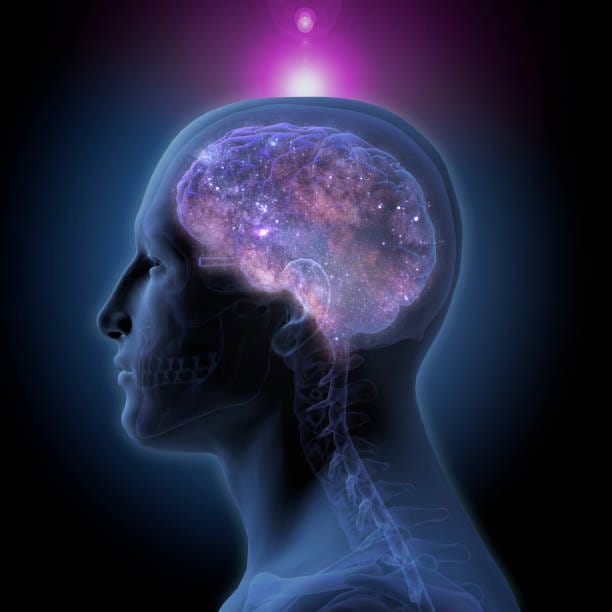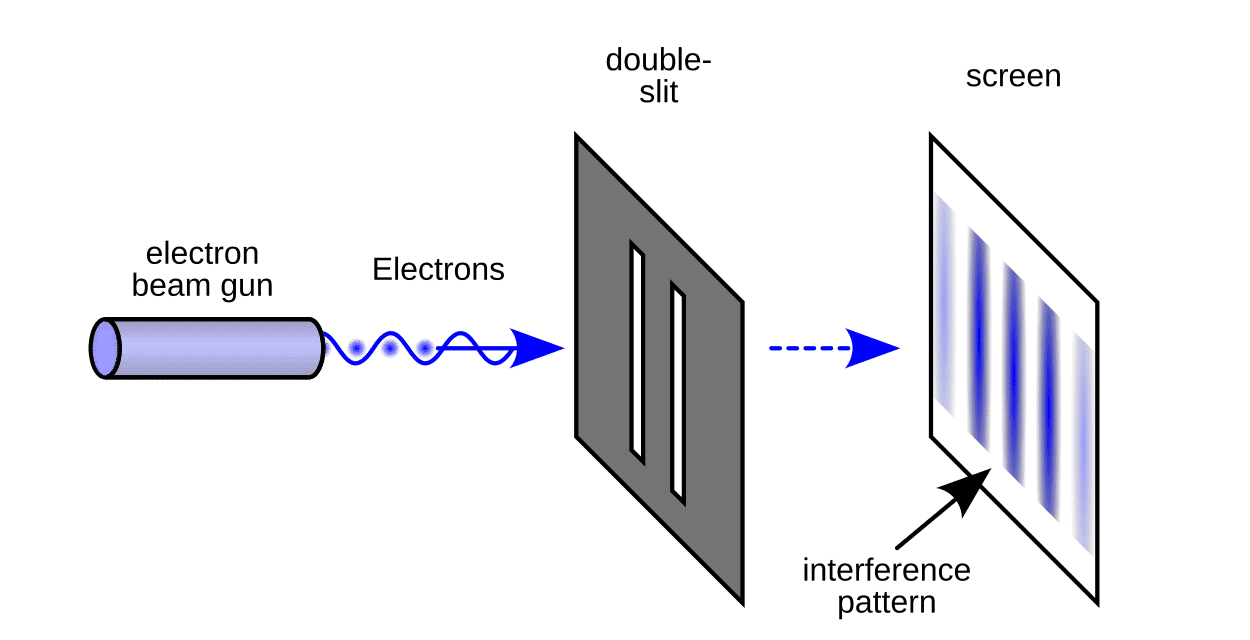Consciousness is at once the most familiar and the most mysterious phenomenon of human existence. We each wake every morning to a flood of sensations, thoughts, memories, and feelings. We see colors, hear music, taste coffee, feel joy or despair, and carry the sense of “I”—a continuous, private world no one else can directly access. Yet when we look inside the skull, we find nothing but a dense forest of neurons firing electrical and chemical signals. How can patterns of neural activity create the inner movie of experience? How does matter become mind?
This question—perhaps the greatest in science—has haunted philosophers for centuries and now drives neuroscientists to probe the very foundations of reality. To study consciousness is to confront the mystery of ourselves. It is not merely a technical puzzle but a deeply human quest: to understand why we are aware at all, and what this awareness means for our lives.
From Philosophy to Science
For most of history, consciousness was the domain of philosophy and religion. Thinkers from Aristotle to Descartes debated whether the mind was distinct from the body or an inseparable part of it. Descartes’ famous dictum—“I think, therefore I am”—encapsulated the certainty of conscious experience, even when everything else might be doubted.
Yet philosophy alone could not explain how the mind arises from the brain. It was only in the late 19th and 20th centuries that neuroscience emerged as a discipline capable of studying the biology of thought and awareness. With microscopes revealing neurons, with electrodes detecting brain activity, and with later imaging technologies like fMRI and EEG, science began to chart the terrain of consciousness.
Still, despite immense progress, the central enigma remains unsolved. We can identify brain regions that correlate with different conscious states, and we can trace networks involved in perception, memory, and self-awareness. But why does any of this give rise to subjective experience—why should a brain state feel like something? This is what philosopher David Chalmers called the “hard problem of consciousness.” The journey to answer it has only just begun.
The Neural Symphony of Awareness
The brain is a universe of 86 billion neurons, each connected to thousands of others, weaving trillions of synaptic links. From this complexity emerges the flow of consciousness. Neuroscience suggests that no single brain region is consciousness; rather, consciousness arises from dynamic interactions across widespread networks.
One central player is the cerebral cortex, especially the prefrontal and parietal areas, which integrate sensory information and generate the flexible thought processes that define human awareness. The thalamus, a deep structure that relays information to the cortex, acts as a conductor, regulating the flow of signals and sustaining wakefulness.
When we are conscious, neurons fire in coordinated rhythms across these networks, binding sights, sounds, and sensations into a coherent whole. This synchrony has been likened to an orchestra, in which different sections play distinct parts yet harmonize into a unified symphony. Lose the coordination—through sleep, anesthesia, or injury—and consciousness fades.
States of Consciousness
Consciousness is not all-or-nothing but exists in shifting states. Wakefulness is the baseline, but even within wakefulness, attention waxes and wanes, focus sharpens or drifts. Sleep, once thought of as mere unconsciousness, is now understood to involve rich forms of consciousness, especially in dreams.
In REM sleep, the brain generates vivid sensory experiences disconnected from the outside world. Dreams reveal that the brain does not merely reflect reality but can construct entire worlds of experience from within. In contrast, under anesthesia, the global networks that sustain communication between brain regions collapse, plunging the mind into silence.
Disorders of consciousness, such as coma, vegetative state, and minimally conscious state, highlight the fragile boundary between awareness and its absence. Neuroscience has shown that even in patients who appear entirely unresponsive, faint sparks of consciousness may persist, detectable through brain imaging when patients imagine actions like playing tennis or walking through a house. These findings blur the line between presence and absence of mind and force us to rethink medical, ethical, and philosophical assumptions.
Attention, Perception, and the Spotlight of Mind
A critical feature of consciousness is attention—the ability to select certain information for awareness while filtering out the rest. Our senses bombard us with vast amounts of data every second, yet we experience only a narrow slice. Attention acts like a spotlight, illuminating what enters the stage of awareness.
Neuroscience shows that attention involves networks in the frontal and parietal cortices, which amplify certain neural signals and suppress others. This selective process not only shapes perception but also determines what becomes memory. Without attention, consciousness would be a chaotic blur.
Perception itself is not passive reception but active construction. The brain interprets sensory input, fills gaps, and makes predictions. Optical illusions reveal this constructive nature: we “see” things that aren’t there because the brain imposes expectations on raw data. Conscious experience is thus not a mirror of reality but a model the brain builds to guide behavior.
The Self and the Sense of “I”
Among consciousness’s most profound aspects is the sense of self—the feeling that experiences belong to me, that there is an enduring subject behind perceptions and thoughts. Neuroscience locates self-related processing in the default mode network, a set of brain regions active when we reflect inward, think about ourselves, or imagine the future.
But the self is not a fixed entity. In meditation, psychedelics, or certain neurological conditions, the sense of self can dissolve, leaving a state of pure awareness without boundaries. This suggests that the self is a construct, a narrative the brain maintains, useful for organizing experience but not the essence of consciousness itself.
This raises haunting questions: if the self is constructed, what is the true core of consciousness? Is there a “pure consciousness” beyond selfhood? Mystical traditions across cultures have long spoken of such states, and neuroscience is now beginning to study them systematically.
Memory, Time, and the Continuity of Consciousness
Consciousness is not just a present moment but a flowing continuity across time. Memory allows us to link past experiences with the present and project into the future. The hippocampus and surrounding medial temporal lobe structures are crucial for forming episodic memories, weaving the story of our lives.
Patients with damage to these regions may live in an eternal present, unable to form new memories, revealing how dependent our sense of continuity is on fragile neural circuits. Time itself, as experienced, is a construction of the brain, shaped by attention, emotion, and memory. Boredom stretches moments, while joy compresses them. The neuroscience of time perception sheds light on how consciousness creates the fabric of lived reality.
Consciousness and the Unconscious
For every flicker of conscious thought, vast unconscious processes hum beneath. Most of the brain’s work—controlling movement, regulating physiology, interpreting sensory data—occurs outside awareness. Even decisions we believe are conscious often begin with unconscious neural activity detectable seconds before we become aware of choosing.
This challenges free will. If the brain initiates actions before “I” decide, then what is the role of consciousness? Some argue that consciousness is more a narrator, weaving stories to explain actions already underway. Others propose it exerts a guiding influence, shaping long-term goals even if momentary actions arise unconsciously. The dialogue between conscious and unconscious remains one of the deepest puzzles in neuroscience.
Theories of Consciousness
To explain consciousness, scientists have proposed ambitious theories. Global Workspace Theory suggests that consciousness arises when information is broadcast across the brain’s networks, accessible to diverse systems like memory, language, and decision-making. Integrated Information Theory (IIT), by contrast, argues that consciousness corresponds to the degree of integrated information a system generates, measured by a quantity called phi.
Other models emphasize predictive processing: the brain as a prediction machine, constantly modeling the world and updating based on errors. Consciousness, in this view, is the brain’s best current model of its own state and environment.
Each theory captures aspects of the truth, but none yet fully explains why neural activity should feel like subjective experience. The “hard problem” remains: why does the brain not simply process information in the dark? Why should processing be accompanied by the light of awareness?
Consciousness, Technology, and the Future
As neuroscience advances, so does technology’s role in probing consciousness. Brain-computer interfaces allow thoughts to control machines. Neuroimaging lets us detect patterns of awareness in locked-in patients. Artificial intelligence raises the question: could machines one day be conscious?
If consciousness depends on integrated information or global broadcasting, might sufficiently advanced AI qualify? Or is there something unique about biological brains? The ethics of creating or denying consciousness in machines will soon be one of humanity’s greatest challenges.
Meanwhile, psychedelic research, long suppressed, is reviving. Substances like psilocybin and LSD dramatically alter consciousness, dissolving the sense of self, blending senses, and producing profound mystical experiences. Studying these altered states may reveal mechanisms of consciousness normally hidden from view.
Consciousness and Meaning
Beyond science, the study of consciousness confronts the deepest questions of meaning. To be conscious is to suffer, to rejoice, to love, to fear. It is to know beauty, to long for truth, to ponder mortality. Consciousness is not just a phenomenon to be explained but the very arena in which our lives unfold.
Einstein once wrote that the most beautiful thing we can experience is the mysterious. Consciousness is that mystery, staring back at us from within. Neuroscience can chart the patterns of neurons, but the lived glow of experience remains an enigma. Perhaps the search for consciousness is not only about solving a puzzle but about deepening our awe at existence itself.
Toward an Answer
The neuroscience of consciousness has revealed much: the networks, rhythms, and mechanisms that sustain awareness. It has shown us that the self is a construct, perception is an active model, and consciousness can shift, dissolve, and reassemble. It has given us theories that approximate explanation, technologies that peek into hidden minds, and treatments that may heal broken awareness.
Yet the essence of the mind remains elusive. Perhaps one day we will understand how the firing of neurons becomes the poetry of experience. Or perhaps the mystery will persist, inviting endless wonder. For to be conscious is not only to seek answers but to marvel at the very fact that questions can be asked at all.
Conclusion: The Light Within
In the end, consciousness is the light within—the invisible flame by which we see everything else. Without it, the universe might exist, but it would be dark and silent. With it, the cosmos becomes filled with color, meaning, and love.
The neuroscience of consciousness brings us closer to understanding how this miracle arises, but it also reminds us that science is not only about knowledge but about reverence. The brain makes the mind, but in doing so, it makes the universe come alive. In studying consciousness, we are studying the very essence of what it means to be human.






